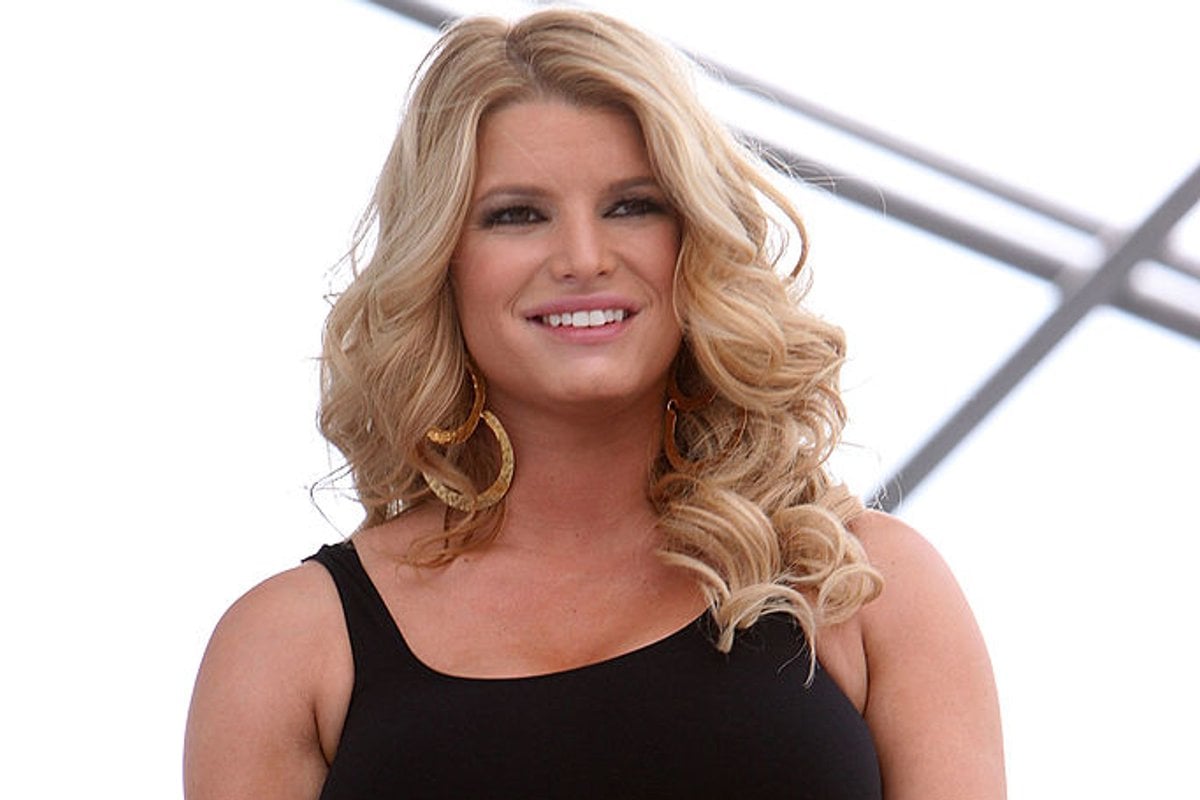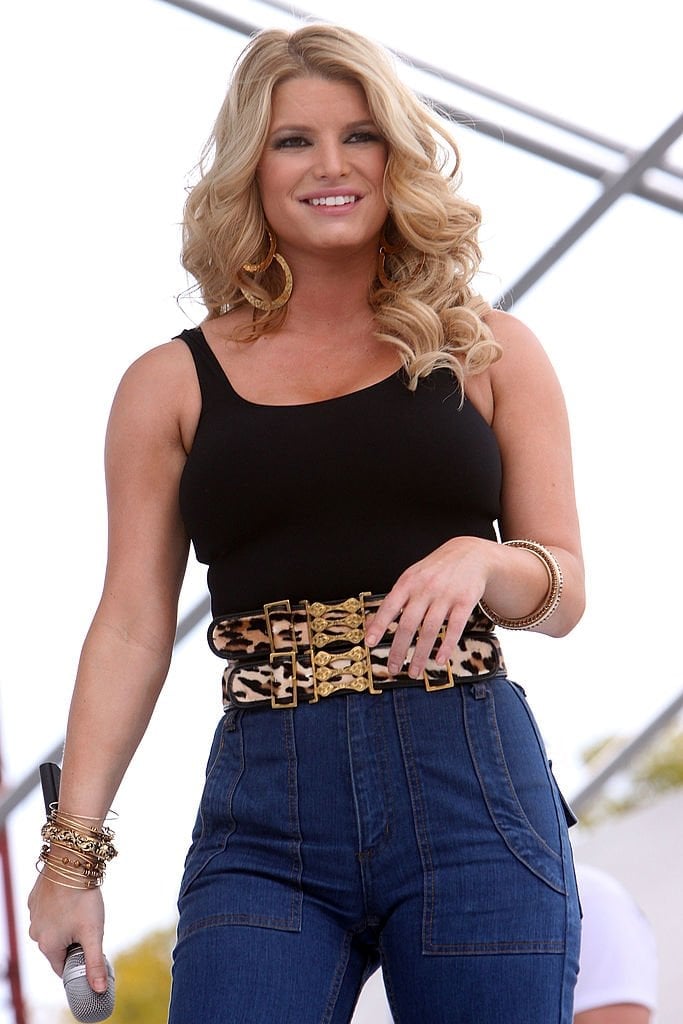
Jessica Simpson was 17 when her record label told her to "lose 15 pounds".
Six years later, she was tabloid 'skin and bones', an irresponsible icon of Size Zero culture.
Four years after that, a pair of high-waisted "mom jeans" kicked up a roar of body-shaming that, she says, drove her offstage.
Welcome to one celebrity's public life of body-shaming. It's a cautionary tale for us all that whatever size we are, we're kind of disgusting.
 Image: Getty
Image: Getty


Top Comments